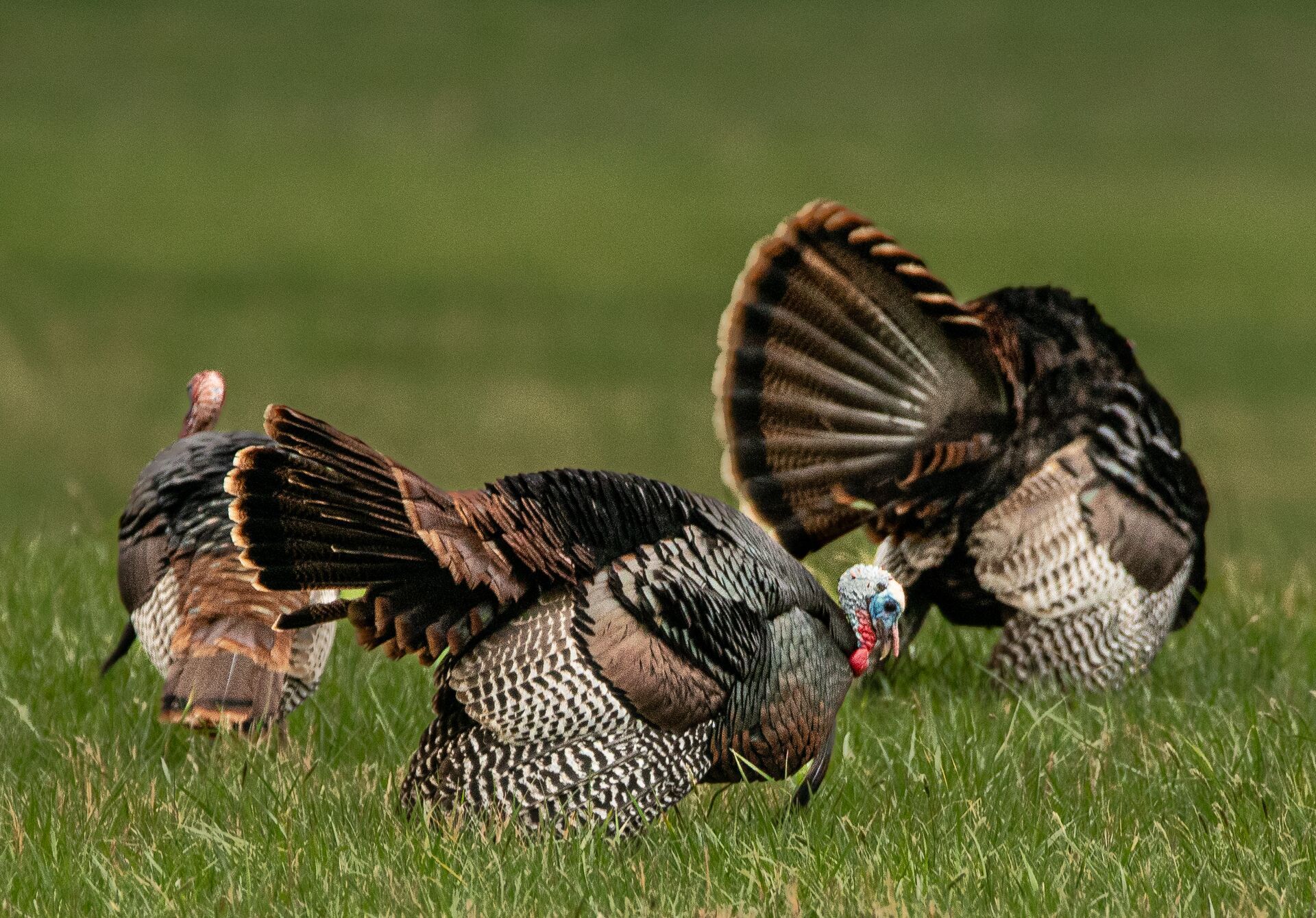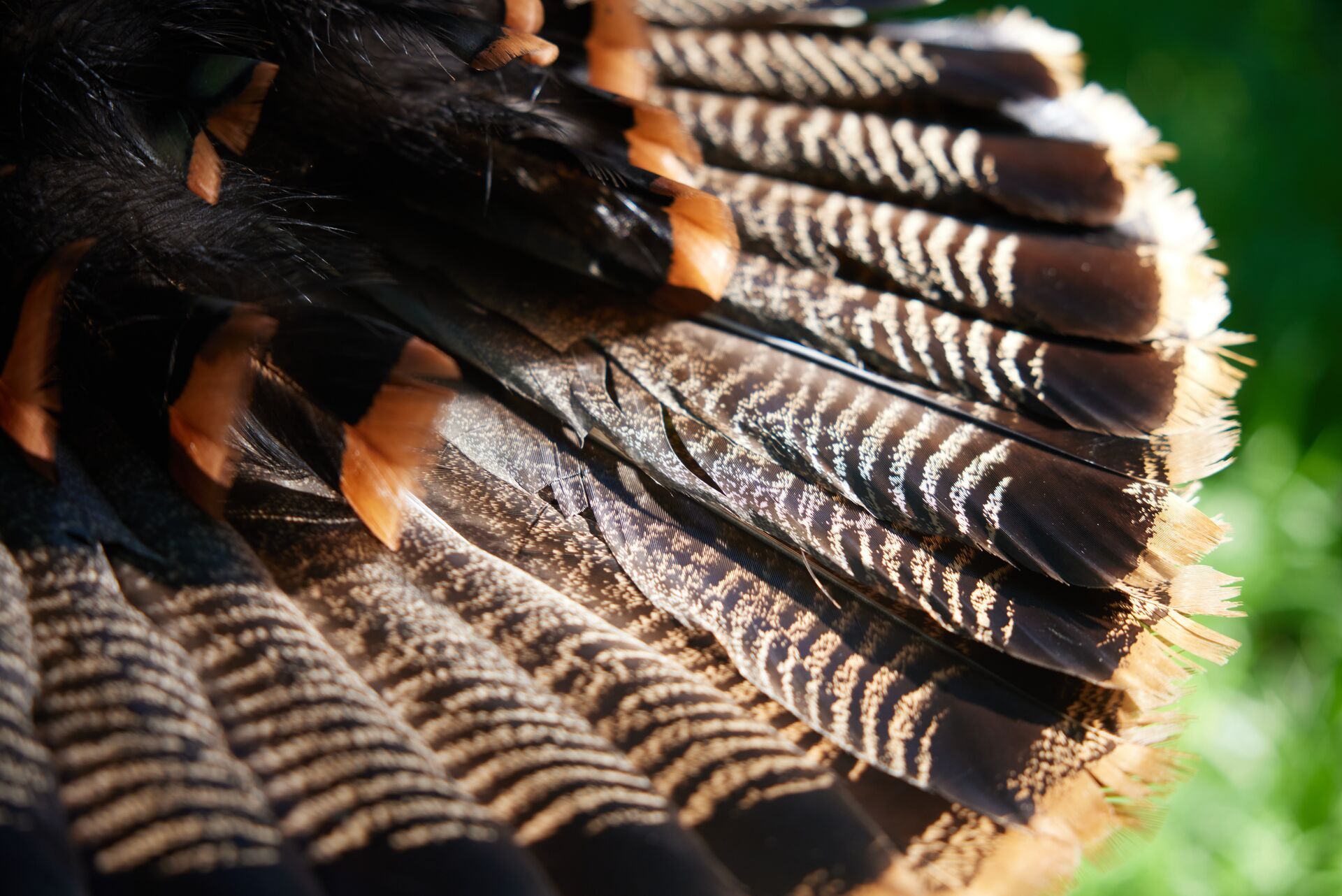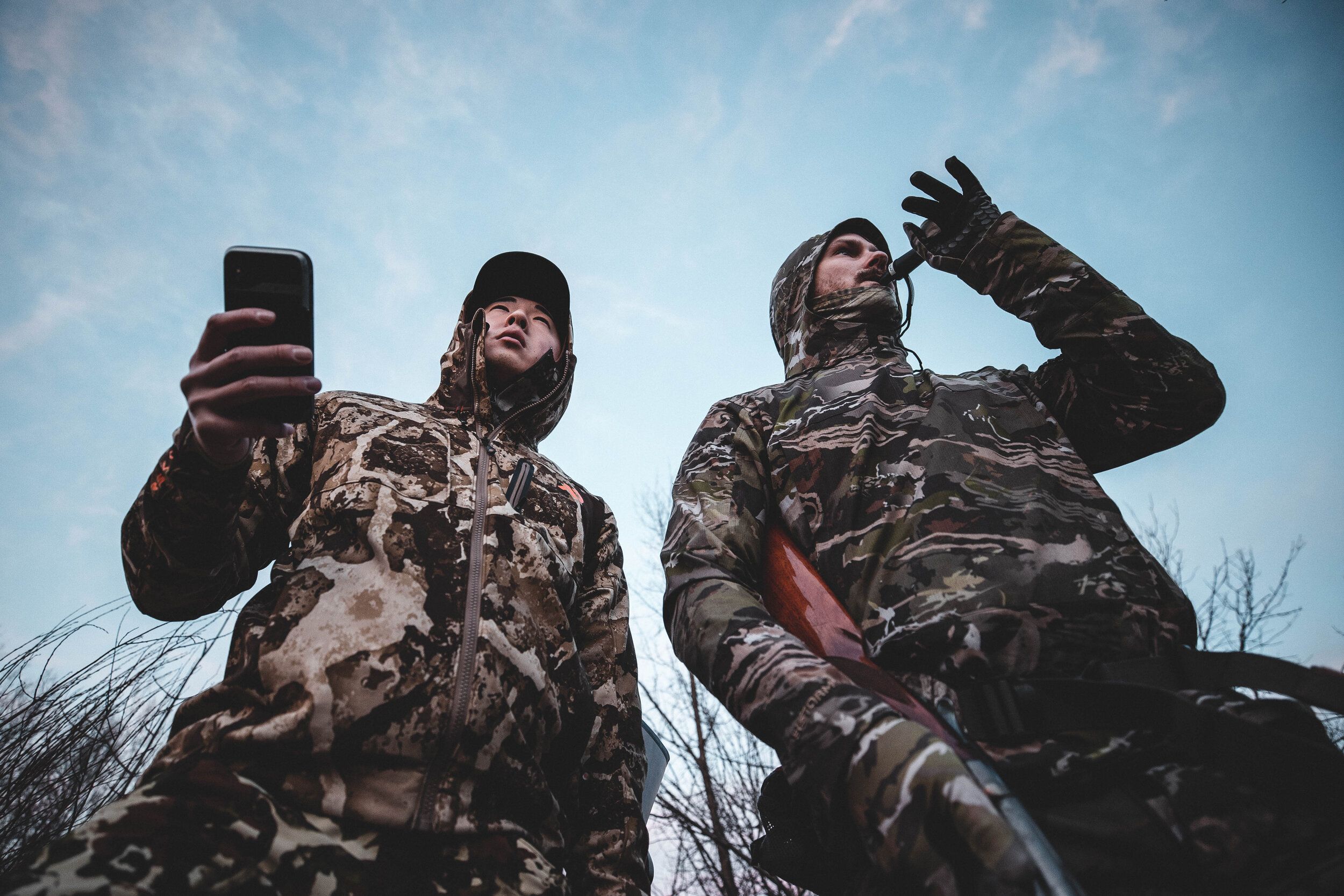Field Guide / Hunting Tips
Planning Your Hunt: 5 Types of Weather for Turkey Hunting
Weather is unpredictable. Not every spring day is clear, calm, and warm. From rain to sleet to fog, the weather affects turkey patterns. So, understanding how weather impacts turkey behavior and how to adapt helps increase your chances of a successful hunt.
Previous in Hunting Tips
More Content Like This

6 Tips To Help You Prepare For Spring Turkey Hunting
Wild turkeys are not only fun to hunt, but with their growing popularity and paranoid mindset, they are also quite a challenge. They are quick, yet they are easily fooled once you know how to get them into your sites. Read More
Read MoreWhat Should Be Your First Turkey Call? Our Expert Insights
One of the most essential things in a turkey hunter's arsenal is the best turkey call for the right situation. Turkey hunters use calls to mimic various hen sounds like purrs, yelps, and clucks to convince a male turkey to come into range for the sho...Read More
Read More
Turkey Talk: Understanding Heritage Turkey vs. Wild Turkey
It's no surprise that turkeys have been celebrated across the U.S. for centuries, symbolizing everything from pride to gratitude. While turkey numbers rose and fell over the years, targeted conservation and growing consciousness about their importanc...Read More
Read More Turkey
Turkey6 Tips To Help You Prepare For Spring Turkey Hunting
Wild turkeys are not only fun to hunt, but with their growing popularity and paranoid mindset, they are also quite a challenge. They are quick, yet they are easily fooled once you know how to get them into your sites. Read More
Read More Turkey
TurkeyWhat Should Be Your First Turkey Call? Our Expert Insights
One of the most essential things in a turkey hunter's arsenal is the best turkey call for the right situation. Turkey hunters use calls to mimic various hen sounds like purrs, yelps, and clucks to convince a male turkey to come into range for the sho...Read More
Read More Turkey
TurkeyTurkey Talk: Understanding Heritage Turkey vs. Wild Turkey
It's no surprise that turkeys have been celebrated across the U.S. for centuries, symbolizing everything from pride to gratitude. While turkey numbers rose and fell over the years, targeted conservation and growing consciousness about their importanc...Read More
Read More
1 of 3
